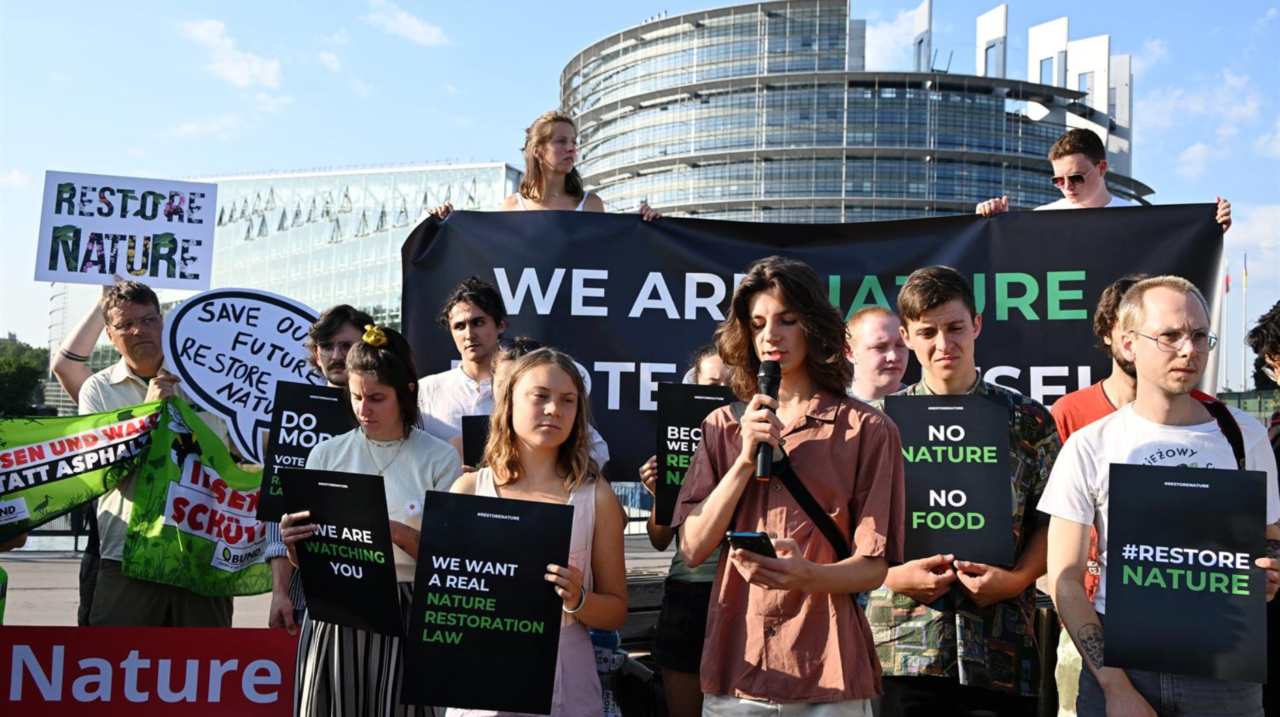EU countries will have to restore at least 30% of habitats in poor condition by 2030, 60% by 2040 and 90% by 2050. They will also have to ensure that the restored areas do not deteriorate significantly again and adopt national recovery plans detailing how they intend to achieve the objectives.
Despite the significant positive results of policies and measures for nature conservation, various assessments on the state of species and habitats in the EU show alarming results. A study by the European Environment Agency published in 2020 revealed that only 15% of habitats that is, natural environments in which an animal or plant lives or conducts part of its entire life cycle in the EU have a good state of conservation, while 81% have an inadequate (45%) or bad (36%) state of conservation.
Furthermore, 9% of habitats with an unfavorable conservation status show improvement trends, while 36% show deterioration trends.There are also many assessments with unknown conservation status and trends, highlighting significant gaps in knowledge, especially for marine species and habitats. This indicates that further efforts need to be conducted to gather knowledge and reverse current trends for the benefit of nature, people, climate and the economy.
Forests, among the different habitat types, show the greatest improving trends. Conversely, the greatest number of deterioration trends concern meadows and pastures, dune habitats, peat bogs, marshes and marshes. Over a quarter of the species have a good conservation status, i.e. an increase of 4% compared to the previous reference period (2007-2012).
Reptiles and vascular plants have the highest percentage of good conservation status. While 6% of species with an unfavorable conservation status show a trend towards improvement, 35% show a trend towards worsening. Faced with this scenario, in 2020 the European Commission presented the first draft of the European Regulation for the restoration of nature, which after a long and complicated process, was approved on 27 February by the European Union Parliament, with 329 votes in favor, 275 against and 24 abstentions.
The Regulation aims to ensure the restoration of degraded ecosystems in all EU countries and at the same time contribute to the achievement of European climate and biodiversity objectives and improve food security. To achieve the objectives set by the EU, by 2030 Member States will have to restore at least 30% of habitats (natural or planted forests, grasslands, peatlands, wetlands, rivers, lakes, coastal dunes, etc.) to good health by 2030. ) which are currently in a poor or inadequate state of conservation. This percentage must then reach 60% by 2040 and 90% by 2050. As per isprambiente European parliament will have to restore at least 30% of habitats in poor condition.
The European Parliament approved the Nature Restoration Law with 329 votes in favor, 275 against and 24 abstentions , which aims to guarantee the restoration of degraded ecosystems in EU countries and contribute to the achievement of European objectives in this regard. climate and biodiversity and improve food security. To improve biodiversity in agricultural ecosystems, EU countries will need to make progress in two of these three indicators: common butterfly index; percentage of agricultural area with characteristic landscape elements with high diversity; organic carbon stocks in cultivated mineral soils. They will also have to take measures to improve the common avifauna index, given that birds are a good indicator of the general health of biodiversity – continues the note from the European Parliament – Since peat bogs are one of the cheapest solutions to reduce emissions in agriculture.
Rewetting will continue to be voluntary for farmers and private landowners. As requested by Parliament, the law provides for an emergency brake which, in exceptional circumstances, will allow the objectives relating to agricultural ecosystems to be suspended if these objectives reduce the cultivated area to the point of compromising food production and making it inadequate for EU consumption.
The law also requires recording a positive trend in various indicators concerning forest ecosystems and planting three billion new trees. Member States will also have to restore at least 25,000 km of rivers, transforming them into free-flowing rivers, and ensure that there is no net loss of either the total national surface area of urban green spaces or urban tree cover. As per terranuova if these objectives reduce the cultivated area to the point of compromising food production and making it inadequate for EU consumption.



